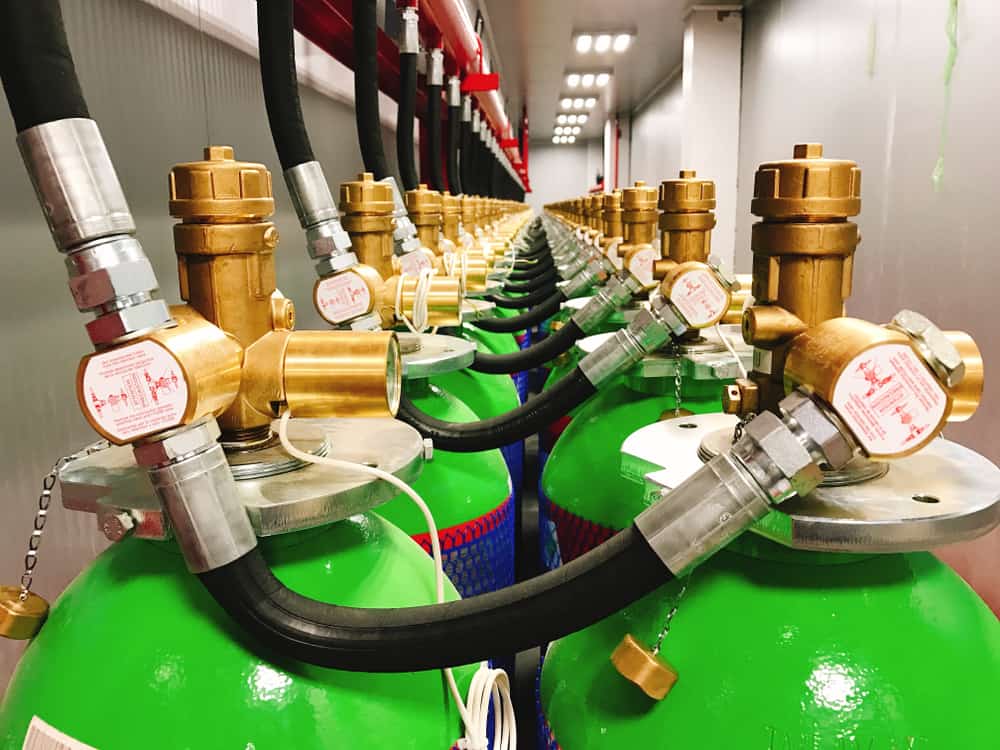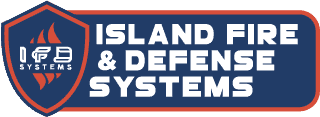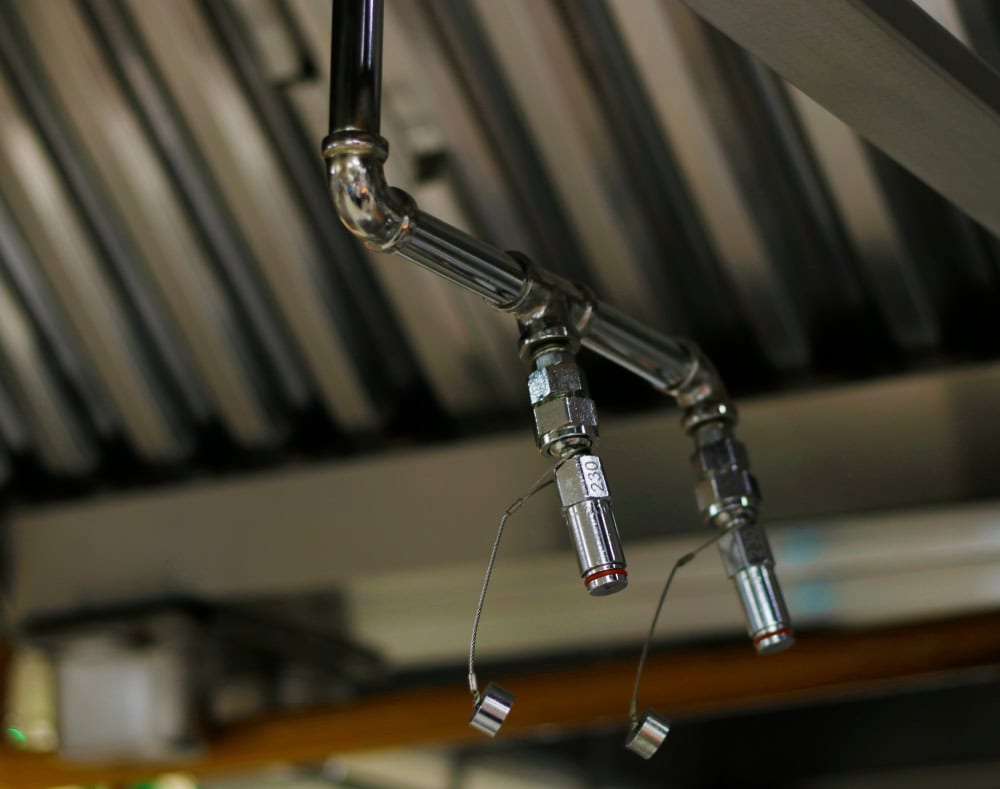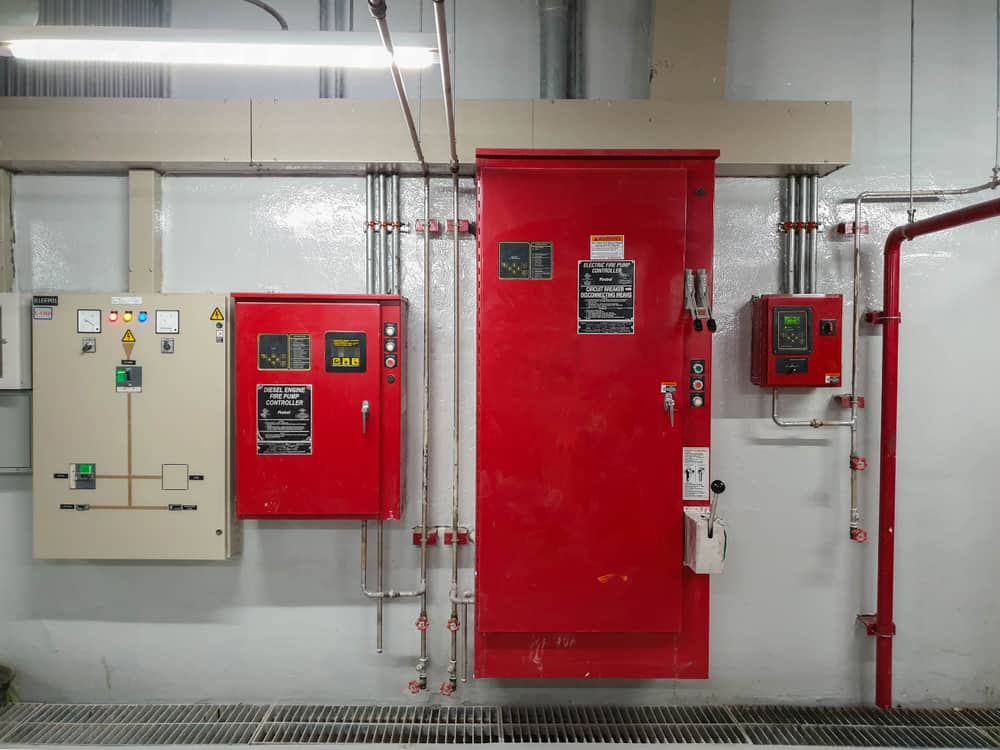Elevating Safety with Tailored Fire Suppression Solutions
Fundamentals of Fire Suppression Systems
The fire suppression system is at the core of fire safety, designed to detect and extinguish fires quickly to protect lives and property. Choosing the right fire suppression system is crucial with Long Island’s mix of urban, rural, and natural settings. This part of the guide breaks down the options: water-based systems, chemical suppressants, and gas-based solutions.
Each has its place, depending on the environment. For example, water sprinklers are common in many buildings because of their straightforward operation and effectiveness. However, in places where water damage must be avoided, like computer rooms, chemical or gas systems are preferred because they can suppress fire without harming sensitive equipment.
Choosing the right system involves understanding how different types work. Water-based systems are popular for their efficiency and ease of use, primarily in standard office buildings or residential areas. Chemical and gas systems, on the other hand, are essential in environments where water could do more harm than good, safeguarding equipment or special collections.
These systems must act fast, minimize damage, and be suitable for the specific risks present in each location. Island Fire & Defense Systems aims to give a clear starting point for recognizing which systems fit different parts of Long Island, ensuring safety across various settings.
Urban Area Fire Suppression Strategies
Urban settings require fast and effective fire suppression systems. The goal is to control or extinguish fires quickly to minimize danger to people and property damage. Systems like automatic sprinklers are standard because they can start working at the first sign of fire, providing immediate protection. In areas like Long Island’s city centers, it’s also vital that these systems can connect easily with local water supplies and are straightforward to maintain.
However, designing for urban environments is more than choosing the right system. It’s also about minimizing false alarms—they can be disruptive and costly. Coordinating with local building codes and ensuring systems are up to the task is critical with the high volume of people and buildings. Island Fire & Design Systems ensures urban fire suppression designs are as effective and efficient as possible, reducing risks for city dwellers and businesses.

Industrial Settings and Fire Safety
Long Island industrial sites have fire risks, from flammable chemicals to heavy machinery. Designing fire suppression systems for these settings means considering the specific hazards and functional needs. Factories might need foam systems for liquid fires, while warehouses could use dry chemical systems to handle various fire types. The key is to match the suppression method to the risk, ensuring quick and effective fire control without interrupting business more than necessary.
Another aspect of industrial fire safety is considering the cleanup and restart process after a fire. It’s not just about stopping the fire; it’s also about getting back to work as soon as possible. This means thinking about how easy it is to clean up after using the suppression system and how quickly operations can resume. We provide insights into creating effective fire safety plans for industrial environments that help protect workers and assets.
Residential Fire Suppression Considerations
Long Island’s residential areas focus on keeping families safe without compromising the look and feel of their homes. Modern homes might integrate fire suppression systems from the start, hiding sprinkler heads in ceilings or behind decor. Older homes, especially those with historical value, require more creative solutions to incorporate these systems without affecting their character.
Educating homeowners on the importance of regular maintenance and the benefits of integrating fire suppression with other home safety technologies is crucial. Well-maintained systems are more reliable, and combining them with smoke detectors and alarms can create a comprehensive safety network. We balance safety with aesthetics in residential settings, ensuring all homes on Long Island can be equipped to handle the threat of fire effectively.
Reach out today to talk to specialist
Fire Safety in Natural and Open Spaces
Long Island’s parks and natural areas pose unique challenges for fire suppression. Here, the goal is to manage and control fires with minimal environmental impact. Early detection systems like smoke detectors and thermal cameras are critical for catching fires before they spread. Water mist systems can help suppress fires efficiently while protecting the ecosystem from chemical damage.
Protecting these areas requires a careful balance between safety and conservation. It involves choosing technologies that protect people and nature and working with environmental experts to find the best solutions. This section emphasizes the importance of specialized strategies for open and natural spaces, ensuring they remain safe and enjoyable.
Conclusion: Crafting Comprehensive Fire Safety Strategies
Developing effective fire suppression systems for Long Island’s diverse environments is complex. Each setting—from bustling urban centers to serene natural landscapes—presents its challenges and needs. Island Fire & Defense Systems can create tailored solutions that offer protection and peace of mind by understanding these varied environments and their specific risks. This involves a mix of technology, regular maintenance, and adherence to safety standards to reduce the risk of fire-related damage and loss.
The key to improving fire safety on Long Island lies in collaboration between safety experts, local authorities, and the community. Together, they can build strategies that protect lives and property and improve the quality of life for all residents. We emphasize the importance of innovative solutions and collective efforts in safeguarding our communities.




